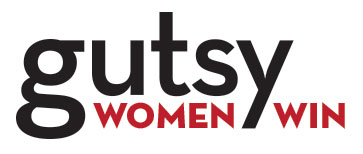To Change or Not to Change? That is the Question.

"Action and reaction, ebb and flow, trial and error, change - this is the rhythm of living. Out of our over-confidence, fear. Out of our fear, clearer vision, fresh hope. And out of hope, progress." ~ Bruce Barton
I have been exploring the question, "Is change good or bad?" I'm finding the answer is consistently "Yes."
Change is always happening regardless of how we feel about it and at times it is good and at other times it is not. Leaders have always looked for a good way to motivate others to change.
The now familiar "carrot and stick" approach does not work. Human motivation is more diverse and complex than this simple reward or punishment method. I am finding that the more you try to convince people that a change is good, the more they will push back. Cognitive dissonance basically means holding two conflicting bits of knowledge in our brain. Change in our personal lives and our workplace can bring about a state of dissonance.
Our brains do not like cognitive dissonance, so this is where the trouble begins. The one thing we can control in change is our attitude. "If I can really believe this change is beneficial to me, maybe I can see the benefit." Changing our attitude is an aid to eliminating cognitive dissonance.
"Any change, even a change for the better, is always accompanied by drawbacks and discomforts." ~ Arnold Bennett
While reading "Coaching with the Brain in Mind," by Rock and Page, I was reminded of John Kotter's, "XLR8: Accelerate” Although these change methods were developed for organizational change initiatives, I find they work as well for personal change initiatives. They are working with me and my personal change initiative to maintain a regular exercise schedule.
Step 1. Create a sense of urgency around a Big Opportunity. Without urgency, we won't change.
Step 2. Build and evolve a guiding coalition. Any difficult change goes easier with a team of people who will help you move your initiative forward.
Step 3. Create a vision and strategies. We need a clear vision to consistently remind us why we are changing.
Step 4. Enlist a volunteer army and communicate for buy-in. We need to keep the change at the top of our mind for us and others. We do this by keeping the vision in the forefront and finding allies to support us.
Step 5. Enable action by removing barriers. Hold the vision in front of you and when a barrier comes up, look at it objectively and decide what needs to change to allow you to overcome it, remove it, or walk around it.
Step 6. Generate and celebrate short-term wins. These wins provide credibility and momentum and build our confidence.
Step 7. Build momentum. It's important to use the opportunity of small wins to build momentum. Find the relentless energy to focus forward on new opportunities and challenges.
Step 8. Institute change. Internalize those wins and integrate them into your life. This ensures the change is long lasting.
"We live in a moment of history where change is so speeded up that we begin to see the present only when it is already disappearing." ~ R. D. Laing
To change or not to change? That is the question. My answer. Hell, yes!

0 comments
Leave a comment
Please log in or register to post a comment